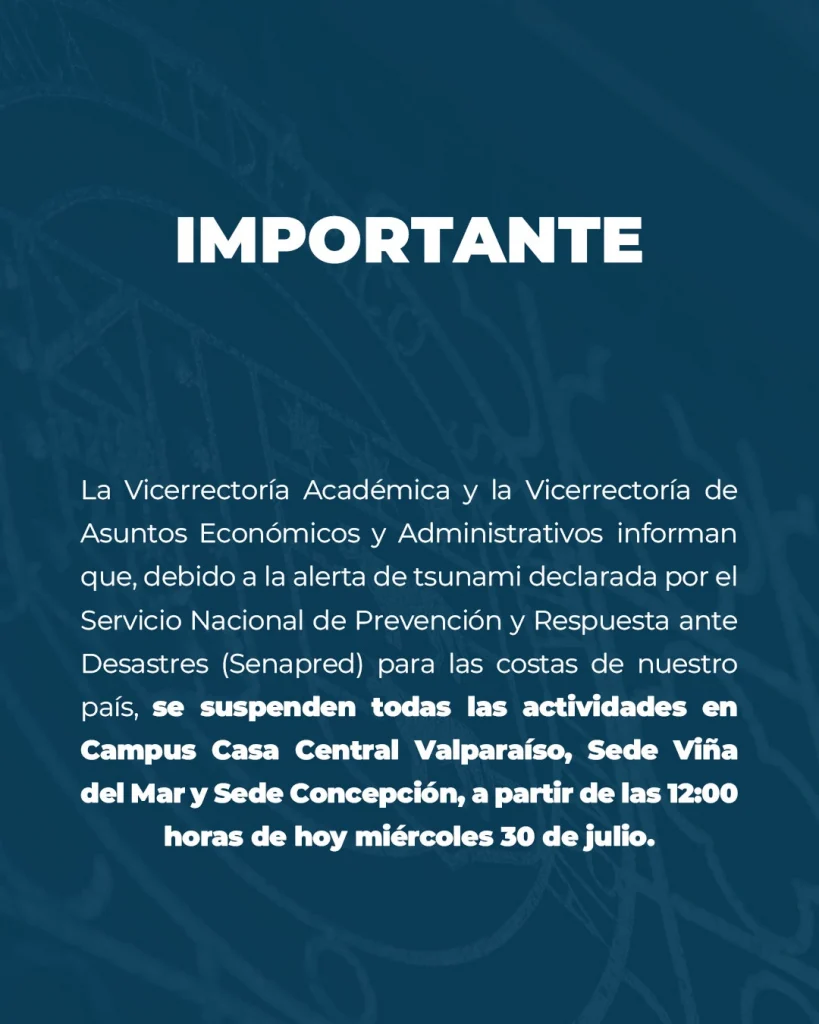Inicio » Universidad » Federico Santa María
A mediados del siglo XIX, Valparaíso es sin duda el principal puerto del país. En la bahía se pueden apreciar decenas de embarcaciones que arriban o están prestas a zarpar, desde y hacia los principales puertos del mundo. La agitada actividad en el muelle, ubicado en lo que hoy es la Plaza Sotomayor, denota su proyección como una importante plaza mercantil y lo perfila ya como una ciudad próspera y cosmopolita. El creciente tráfico comercial estimula también la llegada de capitales y tras ello, inmigrantes de diversas latitudes, cautivados por las oportunidades comerciales. Sus transeúntes pueden percibir cómo la ciudad se embellece progresivamente con nuevos edificios y diseños arquitectónicos más refinados, gracias a las influencias culturales traídas por los numerosos migrantes que recalan en su muelle.
En la antigua calle El Cabo, hoy Esmeralda, donde se concentra la elite porteña, el 15 de agosto de 1845, llega al mundo Federico Santa María Carrera. El parto, como dicta la costumbre de ese entonces, es en su casa paterna, convirtiéndose en el sexto hijo entre nueve hermanos, del próspero y audaz hombre de negocios Juan Antonio Santa María, descendiente de una noble familia de origen peninsular con una fuerte influencia terrateniente colonial; y de la distinguida Magdalena Carrera Aguirre, perteneciente a uno de los clanes más destacados y patriotas en el proceso emancipador de nuestra nación. Su abuelo paterno Juan Antonio Carrera Salinas, era primo hermano del prócer de la patria José Miguel Carrera Verdugo, de quien heredará sus ideales, presentes en su vida, obra y legado, que plasmará claramente en su testamento al final de su vida.
Su temprana infancia está marcada por los cánones que le impone el pertenecer a una familia de elite de la sociedad porteña de la época. A los siete u ocho años ingresa al Instituto Shöeller, recibiendo una formación exigente y disciplinada enmarcada en los principios universales del hombre, visión compartida también por sus padres. Se le inculcan de este modo valores como el respeto, la rigurosidad y el apego a la verdad, baluartes fundamentales para la vida social de ese entonces. Su abuelo materno y su tía abuela, doña Javiera Carrera Verdugo, contribuyeron también a forjar su pensamiento liberal y su amor por la libre expresión y por la patria.
El 15 de diciembre de 1850, un voraz incendio destruye completamente la casa de los Santa María Carrera. Producto de este siniestro que devasta una gran cantidad de construcciones de la calle El Cabo, la comunidad porteña se organiza y el 30 de junio de 1851 forma el Cuerpo de Bomberos de Valparaíso, el primero del país. Fue financiado por los propios comerciantes, entre los que sin duda debió haber estado don Juan Antonio Santa María.
En 1859, con tan solo 14 años, ingresa a trabajar a una compañía naviera; sin embargo, al poco andar y tras la muerte de su padre, su ímpetu e impronta familiar lo impulsan a seguir el camino a la vida independiente. En 1871 adquiere un sencillo lanchón para prestar servicios de carga y descarga de mercancías en los barcos que recalaban en el puerto, para lo cual cuenta con el apoyo incondicional de su madre, quién después de haber enviudado y vuelto a casar, sigue siendo un pilar fundamental para él. Esto consta en el anecdotario acerca de su vida, el cual relata que ella habría empeñado un anillo para reunir el capital necesario y apoyar a su hijo en su primer emprendimiento.
Cinco años después, tras el bombardeo de Valparaíso por parte de la Armada española, decide arriesgarse en una nueva aventura empresarial en la zona de Tarapacá, por ese entonces territorio peruano, polo de desarrollo y escenario de pujantes actividades mineras, comerciales y navieras derivadas de los ricos yacimientos de cobre y salitre. Pese a que su estadía es breve, puede integrarse y relacionarse con prósperos hombres de negocios, con quienes volvería a encontrarse en otros momentos de su vida.
En 1867, como consecuencia de algunos malos negocios que lo dejaron al borde de la bancarrota, decide regresar a su ciudad natal, no dispuesto a dejarse abatir. Fundado en su tesón, visión y sus contactos con el mundo financiero, de donde obtiene los créditos necesarios, da el salto a los grandes negocios, los que se van haciendo realidad con la adquisición de acciones en un sinnúmero de compañías. Dos años más tarde, se asocia con su cuñado Jorge Ross Edwards para comprar la hacienda Quebrada Verde, formando la Compañía de Consumidores de Agua de Valparaíso y ese mismo año, junto a otros socios, crea la Compañía de Diques de Valparaíso. Solo un año más tarde se embarca con otros accionistas y fundan la Compañía Nacional de Remolcadores. En este periodo, mediante préstamo, invierte en el ámbito ferroviario y en las primeras acciones de la Compañía Nacional de Vapores, antecesora de la Compañía Sudamericana de Vapores, creada en 1872. Paralelamente, se transforma en dueño de una serie de propiedades en la floreciente ciudad portuaria.
Fiel a su arraigado espíritu patriota, no duda en dejar de lado sus negocios e incorporarse a las filas del Ejército para participar en la Guerra del Pacífico que Chile libra con Perú y Bolivia a causa de los conflictos por las salitreras de la zona norte. Así, en 1879, con 34 años, se acantona en el cuartel que se encontraba en el cerro Artillería, siendo nombrado comandante del Batallón Cívico Nº1 de Valparaíso, con el grado de teniente-coronel a cargo de 800 hombres. No obstante, una enfermedad le impide participar en el combate y decide embarcarse a Europa, algo que no impide dar cuenta de su compromiso con la patria heredado de sus ilustres antepasados. Su viaje se inicia en 1880 y si bien lo realiza por motivos de salud, no desperdicia la oportunidad de sumergirse en el ambiente comercial y financiero europeo, concentrando sus actividades en las bolsas de París, Londres y Bruselas. Sin embargo, después una serie de desacertados negocios y casi arruinado, decide regresar a Chile a finales de 1884.
De vuelta en el país, dispuesto a resurgir nuevamente, retoma con ímpetu sus afanes comerciales, como era su tónica, pero esta vez participando de la política nacional más activamente. Es así como lo encuentra la Guerra Civil de 1891 y, si bien no toma parte activa en el conflicto, apoya la causa liberal de los congresistas frente al bando del Presidente José Manuel Balmaceda, viviendo un percance que casi le cuesta la vida al ser confundido como un balmacedista por parte de una facción triunfante, que casi lo ejecuta de no ser por un vecino de la ciudad que atestigua su posición en el asunto.
En este mismo periodo desarrolla varias actividades comerciales en diversas zonas del país. Testimonio de ello son las acciones en las compañías de ferrocarriles mineros en el norte y en compañías de gas en San Felipe y Concepción. Pero como era de esperar, su espíritu inquieto, audacia y afán permanente por emprender, sumados a la experiencia adquirida a lo largo de los años, lo llevan a tomar la decisión de realizar su más anhelado sueño: un viaje alrededor del mundo.
En 1894 inicia su aventura buscando descubrir nuevos países, realidades y culturas, develándose ante sus ojos civilizaciones tan milenarias como la India, la China y la Nipona; así como también se deslumbra por el progreso que evidencian Australia, Nueva Zelanda, Estados Unidos y Canadá. México, Cuba, las Antillas, Barbados, Jamaica y Venezuela son también parte de su periplo, que finaliza al regresar a Europa en 1897, lleno de experiencias y energías para iniciar un nuevo ciclo en su vida.
Ese año se instala en París e inicia una relación sentimental con Anna Gillaud, una joven francesa a quien había conocido en su viaje anterior y a la cual contrata primeramente como su asistente. Alguien que él mismo llamaría después en su testamento “la compañera de mi vida”, la cual lo acompañaría años más tarde en su viaje a Chile, ya en calidad de “su señora”, según consta en las publicaciones de la época. Junto a ella disfruta de la música y la ópera, pasión que cultiva desde sus años de juventud en el Puerto. Puede ahora gozar de lo más selecto del repertorio mundial, transformándose en un asiduo concurrente del Edificio de la Ópera de París.
En 1898 apuesta por el negocio del azúcar, haciéndose conocido no solo en los círculos financieros sino también políticos, debido a los conflictos que mantiene con el Estado francés, los cuales escalan hasta el Congreso galo donde se inició una investigación por supuesta especulación, la que arroja finalmente que todas sus acciones se apegan a la ley. Es en este contexto que Santa María logra hacer su mayor fortuna –no sin dificultades– tras una serie de apuestas arriesgadas en las que invierte grandes sumas de dinero, como era su costumbre, que finalmente rinden sus frutos producto de un trabajo metódico de investigación del mercado y el negocio que le valen el apelativo de “El Rey del Azúcar”.
En 1906, luego del terremoto que devasta Valparaíso, decide volver a Chile a contribuir a levantar a su tan querido Puerto, pero decepcionado de la clase política y su manera de enfrentar el desastre resuelve que lo mejor es retornar a Europa a dedicarse a sus negocios, convirtiéndose en un estratega de las grandes lides comerciales, algo que le permite acrecentar su patrimonio.
Ya de vuelta en París y con el devenir de la Primera Guerra Mundial, los pocos residentes chilenos que aun quedaban en el país –entre ellos Santa María– se organizan y como una muestra de agradecimiento al pueblo francés por la ayuda prestada en el proceso de Independencia de Chile, fundan el Hospital Franco-Chileno, que tenía como objetivo acoger a los heridos de guerra, contando para ello con los mejores especialistas disponibles, entre ellos nada menos que madame Marie Curie. Por esa misma época, y fiel a su espíritu altruista, decide donar a la Junta de Beneficencia de Valparaíso su fundo Quebrada Verde.
Viajero incansable y cosmopolita en su visión de mundo pero patriota de sentimiento, marcado del mismo modo que su tío abuelo José Miguel Carrera por el patriotismo y altruismo; liberal en su preocupación por el desarrollo cultural y educacional del país, Santa María abre su mente en sus viajes por el orbe confrontando realidades diversas y muy distantes de la suya, empapándose de ideales, valores y conciencia humanista. De vida austera y sin grandes comodidades a pesar de la fortuna que poseía y que le hubiese permitido vivir con grandes lujos, tenía otra cosa en mente, dejando su manifiesto expresado en su testamento concebido cinco años antes de su muerte, un frío domingo 20 de Diciembre de 1925 en París, producto de una neumonía que lo aquejaba durante largo tiempo.
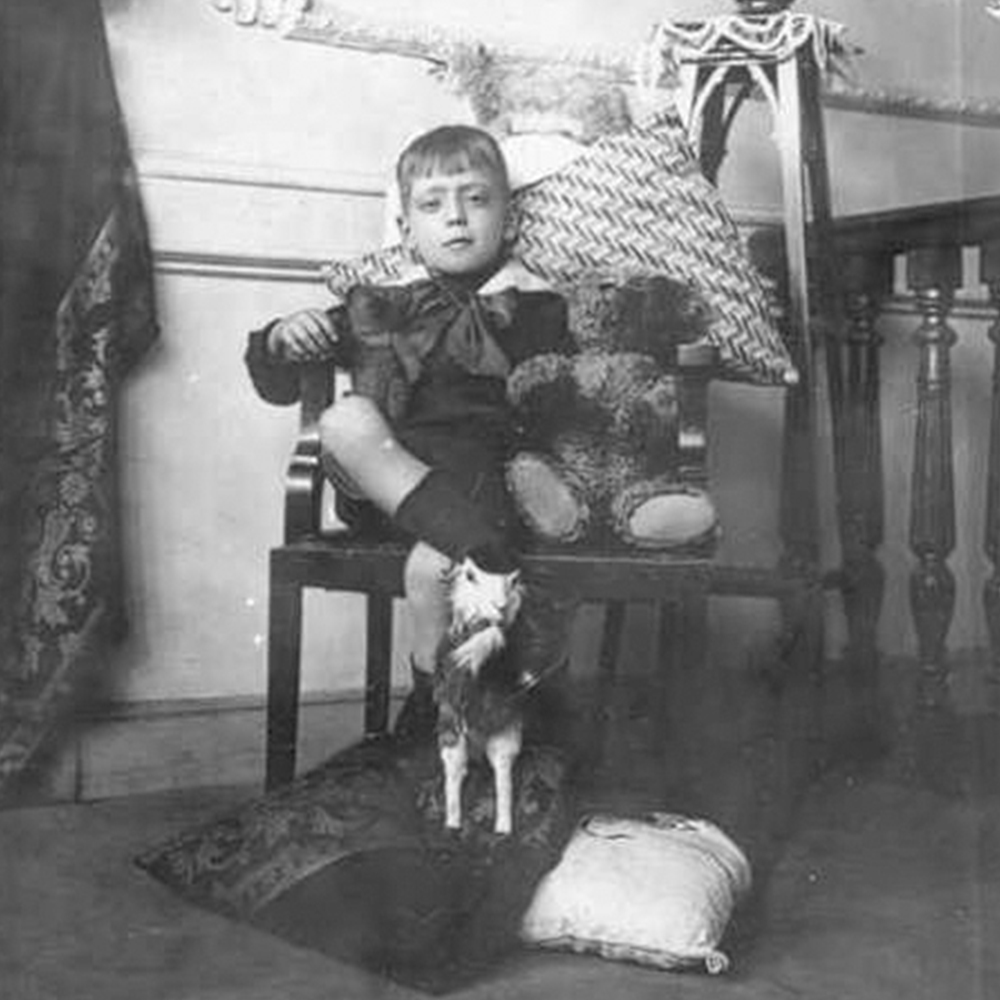
Federico Santa María Carrera, en su niñez
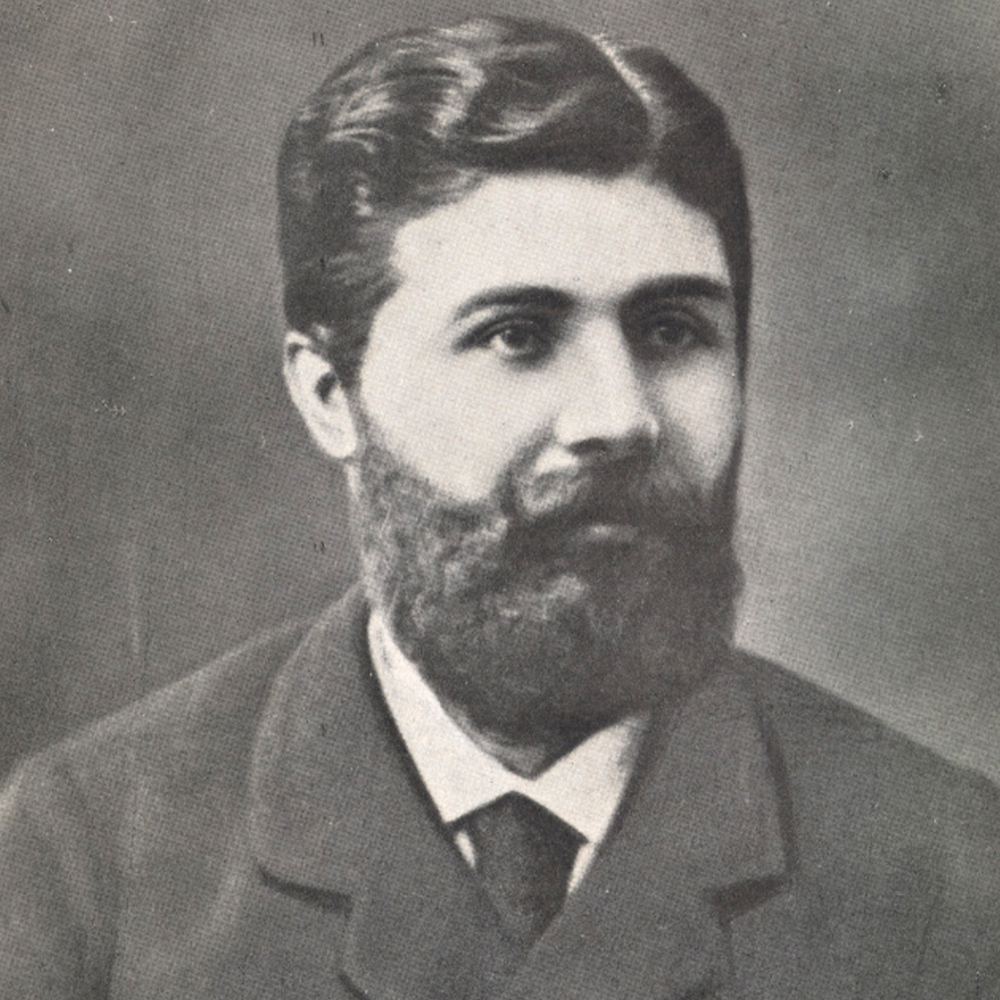
Federico Santa María Carrera, en la adultez
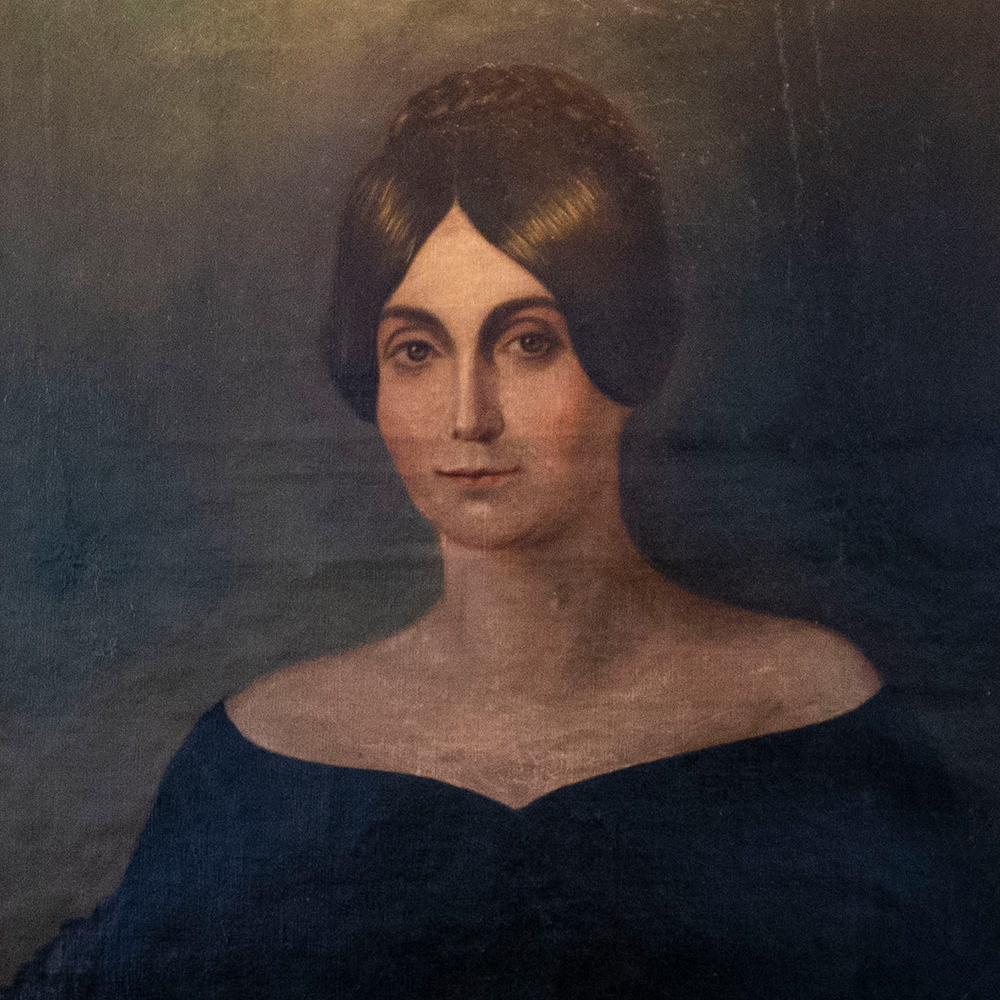
Doña Magdalena Carrera Aguirre, madre de Federico Santa María
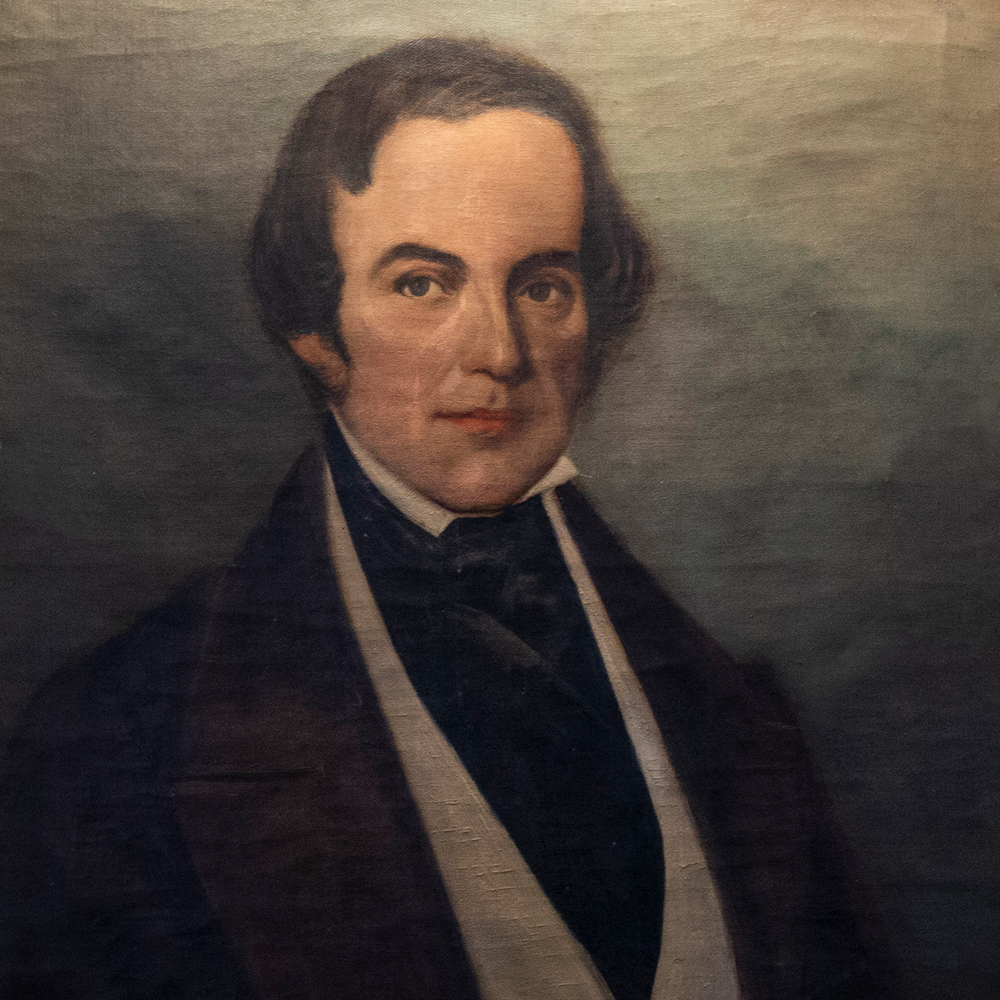
Don Juan Antonio Santa María, padre de Federico Santa María
